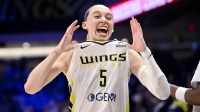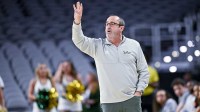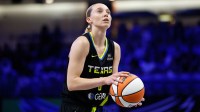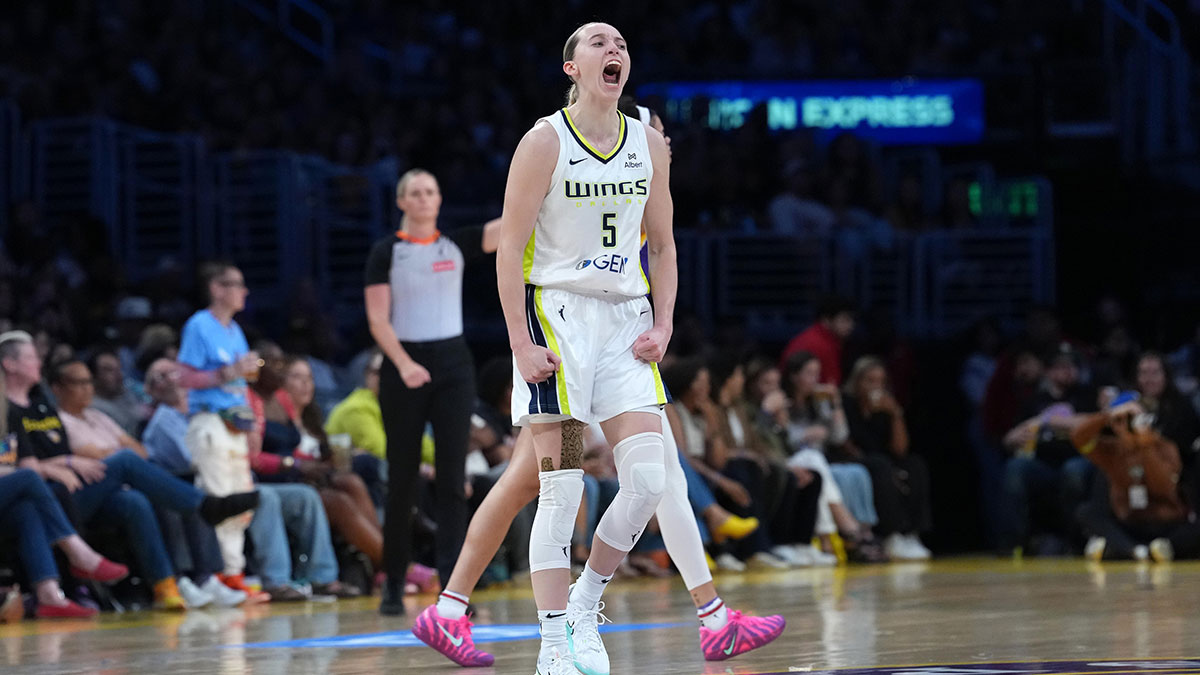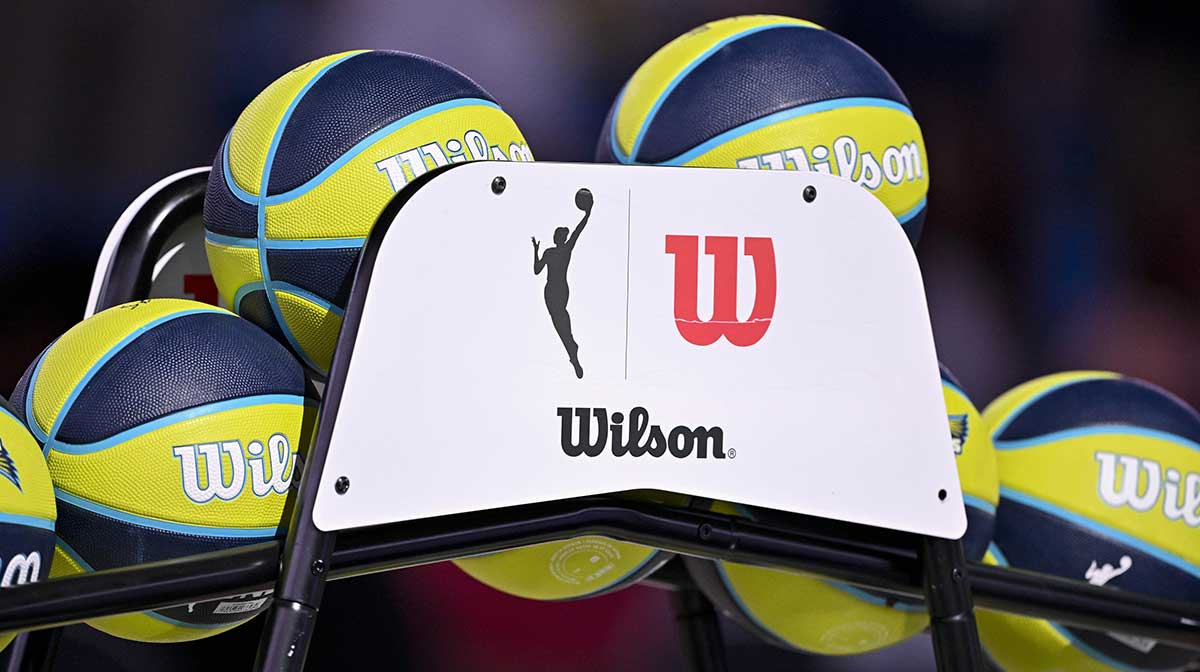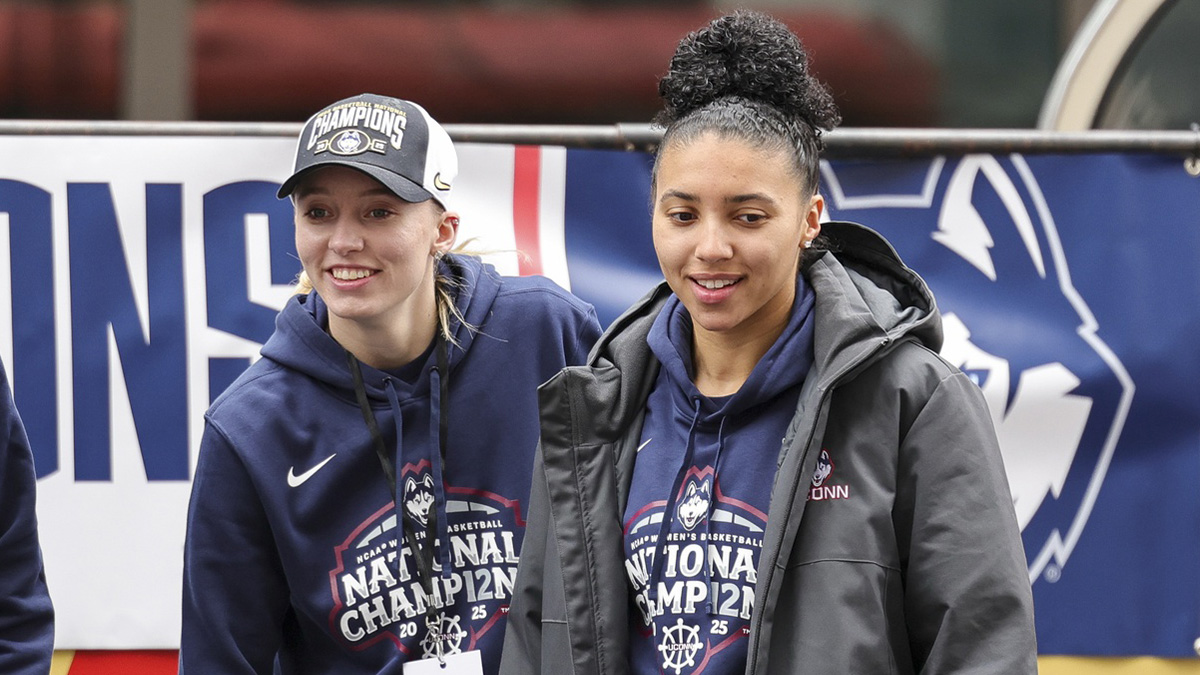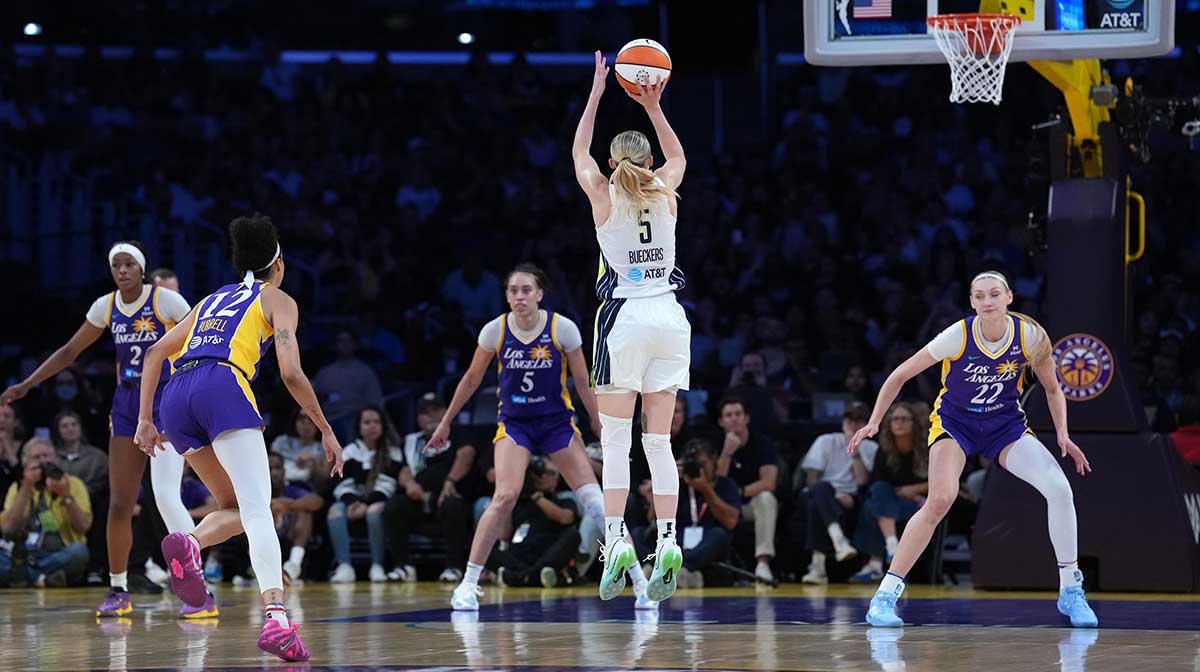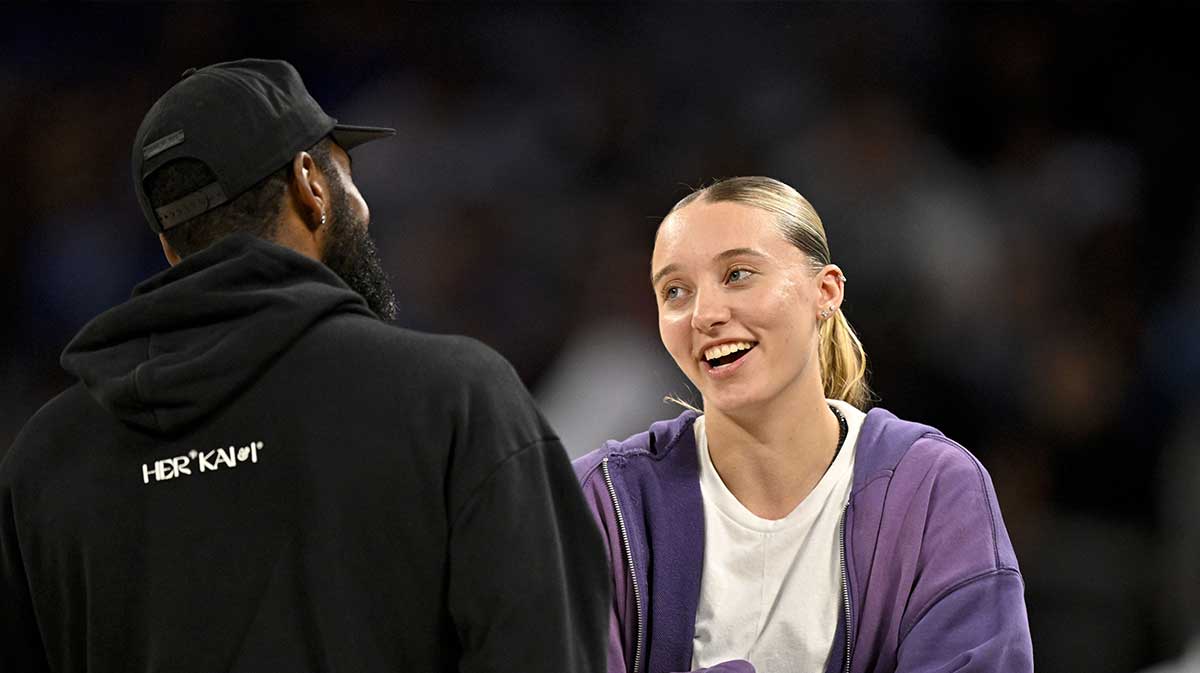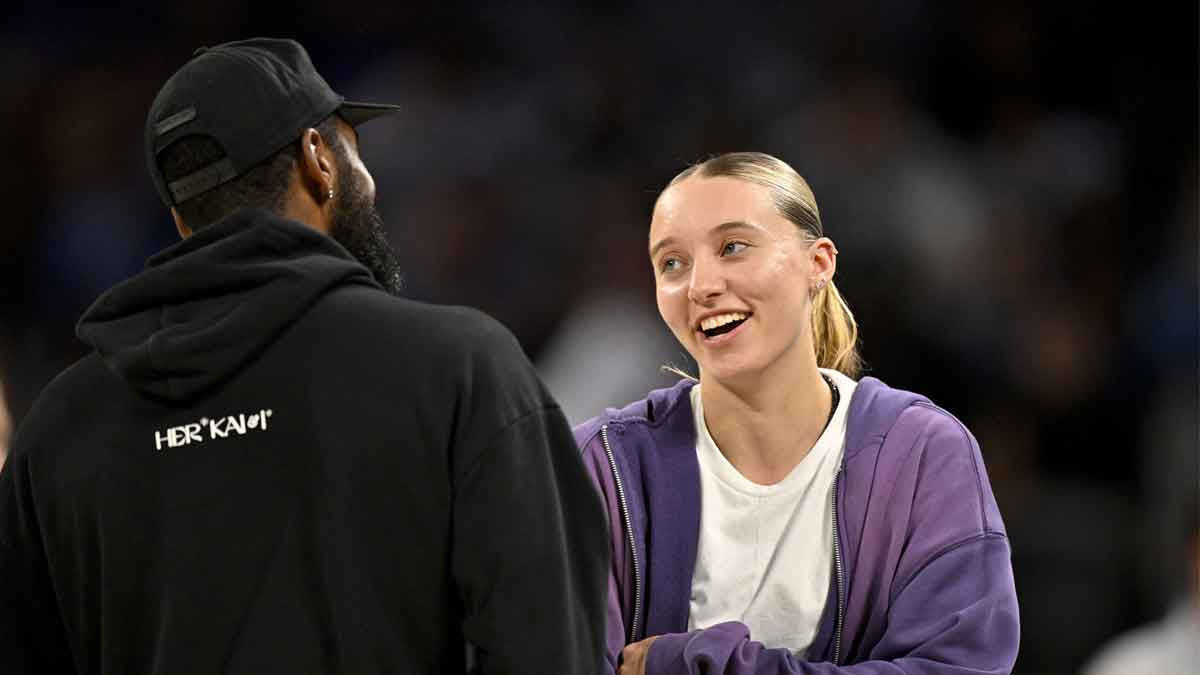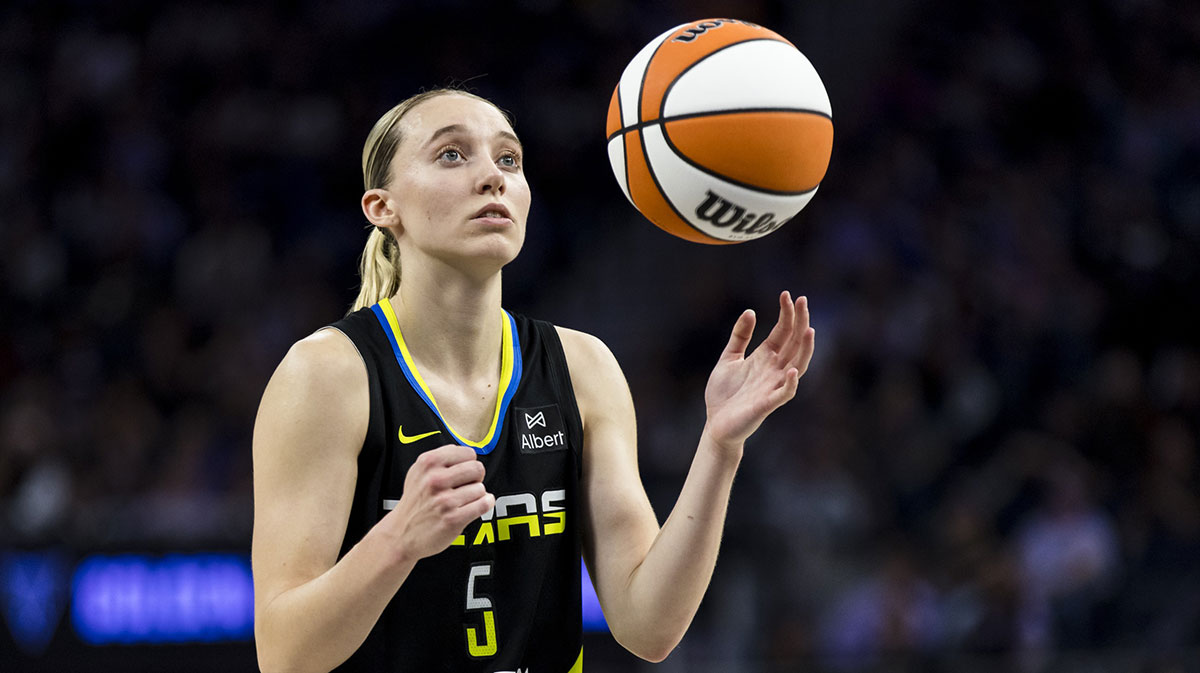The Dallas Wings have endured one of their most challenging seasons in the franchise's storied history. As of now, the team stands at 9-28, teetering near the bottom of the league standings with playoff hopes completely extinguished, and this downturn has been fueled by a cascade of injuries.
Li Yueru was recently lost for the season, Arike Ogunbowale remains sidelined indefinitely by knee tendonitis, Tyasha Harris is out for the year after having knee surgery, breakout rookie JJ Quinerly was forced to leave a recent contest after going down, Paige Bueckers has had to make her Rookie of the Year case in between sporadic absences, and Maddy Siegrist has just made her return after being out since mid‑June. The Wings have also undergone massive roster churn, including trading DiJonai Carrington to the Minnesota Lynx and NaLyssa Smith to the Las Vegas Aces.
But amid the turmoil, one beacon of hope has been shining bright: Bueckers. The No. 1 pick in the 2025 WNBA Draft, Bueckers has delivered a historic debut, tying the league’s rookie scoring record with 44 points in a game, leading her team in points, and making the All-Star team as a starter. The franchise has committed to rebuilding around her amid the Wings' player‑first culture shift and plans for upgraded facilities.
The Wings arguably made their boldest move of the campaign at the trade deadline, sending away Carrington in a blockbuster deal that netted future-facing assets while shedding veteran contracts. In other notable midseason roster moves, they benefited from the hardship stints and eventual signing of Grace Berger, Haley Jones, and others who cycled through over the course of the campaign. Given that we've seen how willing the front office is to make necessary changes to improve, let’s what the most strategically sound moves are for the Wings to make post‑trade deadline, setting themselves up for a successful rebuild heading into 2026.
Team Photo Day 2025 😁 pic.twitter.com/SUk3k9PCQt
— Dallas Wings (@DallasWings) August 22, 2025
1. Decide once and for all if Arike stays
Arike Ogunbowale remains an important piece of the Wings' offense, but she's been less effective since Bueckers has rightfully become the centerpiece. In any other season, she’d be untouchable, but as of now, she’s spent the campaign battling injuries, has posted career lows in scoring, and is headed for unrestricted free agency. The team might not be able to offer her a competitive salary or role that aligns with her proven value.
Releasing her now or during the offseason is an aggressive but potentially necessary step. Teams could still benefit from her shot-creation and shooting, and even if she’s underperforming this year, she's still a solid asset. That said, the team may prefer to retain her through free agency to maintain Bueckers’ development synergy and fan goodwill, but taking the bold choice to release her would offer clarity for the direction of the team's rebuild.
2. Evaluate head coach Chris Koclanes' fit
Under Koclanes, the team has stayed consistently near the bottom of the league. While there’s merit in giving him an extended chance to establish the squad's culture — since he was hired just before the season and is working under an entirely new front office — it might be time for a reevaluation anyway. The organization must determine if Koclanes’ philosophies mesh with a rebuild-centric roster, or if a coach with stronger development or offensive innovation would better unlock Bueckers and streamline the offense.
Assistant coaches, like Nola Henry, have good reputations and have risen to become Wings fans' preferred coaching choice. The players also seem to respond well to the rest of the coaching staff, and depending on Koclanes’ future, promoting from these trusted members may help cultural alignment and growing chemistry. Bringing in a player-development-focused coach or tactical-minded assistant could also amplify Bueckers’s explosive scoring and passing efficiency.
3. Build on the success of breakout signees
Haley Jones has emerged as a versatile piece off the bench after being signed to a rest-of-year contract in July, being able to hit shots from the floor reliably and forming chemistry with Bueckers by converting assisted baskets. Dallas should explore re-signing or locking her in for next year, making her a foundational long-term piece or looking to her as a potential starting option. Given Jones’ chemistry with Bueckers as a spark off the bench, marking her for extended time alongside Bueckers next season could create a dynamic ball‑handling duo that pressures defenses and opens floor spacing.
Grace Berger has also been a saving grace for the Wings amid their injury woes, winning a rest‑of‑season contract and recently making her first career start. Berger offers promise at guard depth, and the Wings should consider retaining her on a more guaranteed deal next campaign if she continues to prove her worth. If re‑signed, Berger could serve as a vital second‑unit guard, offering perimeter defense and shooting. Her continued progression should be tracked, as she could be embedded as a rotation regular.
4. Target rim-protecting depth
With McCowan waived, Harris done for the year, Smith gone to Las Vegas, and now Yueru out, the Wings lack meaningful frontcourt size and a player with the ability to contest shots. While the trade deadline has passed, the team should still explore inexpensive, experienced post options on expiring contracts or two-way deals to bring paint presence in 2026. Alternatively, linking up with a veteran center nearing retirement but still effective defensively could balance the roster and provide some much-needed paint presence.
5. Find Bueckers' long-term supporting cast
No rebuilding effort can succeed in today’s WNBA without a clear, focused plan to build around a franchise cornerstone, and the Dallas Wings have found one of the most promising players to enter the league in years in Bueckers. Her offensive instincts, playmaking brilliance, and clutch scoring ability have already made her the face of the franchise just months into her rookie season.
But the path from “young star” to “championship core” doesn’t rest on one player’s shoulders. It requires a carefully constructed supporting cast that complements her strengths, covers her weaknesses, and grows alongside her. The priority over the next two seasons has be identifying and investing in players who can not only thrive alongside Bueckers but also elevate the collective ceiling of the team.
Targeting players with strong off-ball movement, high basketball IQs, defensive versatility, and the ability to stretch the floor will be the key to unlocking the Wings' full potential. Bueckers is at her best when she can operate in space, manipulate defenses with her dribble, and feed teammates who make timely cuts or can knock down shots. To maximize that, the Wings must surround her with players who don’t require the ball to be effective and will embrace their roles, stay in motion, and defend at a high level on the other end.
Dallas has some players with promise, like the previously mentioned Jones and Berger, but the team cannot stop here. The front office must think beyond just short-term stopgaps and emergency injury fill-ins. They'll have to use cap space strategically, draft intelligently, and aggressively pursue players in free agency who fit a specific vision tailored to Bueckers.
6. Double down on establishing team culture
The Wings are committing to their player‑centric environment, with upgraded training facilities and a new downtown arena in the works. These investments must be leveraged in recruiting and retaining key free agents in 2026, while keeping rising stars like Bueckers happy and offering compelling infrastructure remains crucial, too.
As the Wings close out a turbulent 2025 WNBA season, the franchise finds itself at a crossroads but not without direction. The trade deadline served as a turning point, signaling a full embrace of a long-overdue rebuild. With injuries ravaging the roster and veteran production stagnating, Dallas has wisely pivoted toward a youth-first strategy, anchored by rookie phenom Paige Bueckers. Her electric debut campaign has not only reignited fan interest in the Wings but also provided the clearest glimpse yet of the squad's future identity: Smart, fast, team-oriented basketball built around dynamic guard play.
The path forward is now about refinement and commitment. Considering letting go of underperforming veterans, clarifying roles for rising contributors like Jones and Berger, and reinforcing the frontcourt with defensively sound signings will be essential. Evaluating the coaching staff’s fit and ability to nurture young talent while installing a system tailored to Bueckers’ strengths will also help lay the foundation for sustainable success.
Patience, planning, and precise execution will determine how quickly Dallas can transform promise into wins. The talent is emerging, and the direction is set. If the organization makes the right moves in these final months and during the offseason, the 2026 Dallas Wings won’t be a rebuilding team — they’ll be a dangerous one, ready to reintroduce themselves to the WNBA as a young powerhouse built for the long haul.





